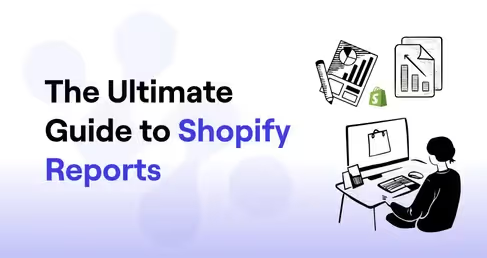Do you know that placing your products in the right sequence can increase your revenue? Leading brands sequence their products in their listing pages or ad campaigns based on specific attributes that enable them to maximize their sales figures. But, It is not always possible to optimize product sequencing when there are multiple products, mainly because there are various factors involved which means a large amount of data needs to be analyzed on a regular basis by creating timely reports. In this article, we will discuss how top brands tackle product segmentation and generate maximum revenue.
What is Product Sequencing
Product Sequencing automatically arranges one or many products in sequences, based on different attributes. It involves less manual effort and the desired sequencing can be achieved instantly. The pages sequenced will be dynamic in nature. This will imply that the products added in the future would also be sequenced automatically if it matches the sequencing condition.
Why is Product Sequencing Important
Online sellers spend a lot of time manually picking and positioning every product for effective product sequencing. This process becomes quite difficult for retailers who have a large number of products. The products to be introduced in the future will also require manual positioning. This constant monitoring to follow up on the changes eventually increases the operation cost. Automatic Product sequencing gives merchants unlimited flexibility in showing the diversity of the product category across its attributes. It also reduces cost and improves product quality.
Why do a lot of Companies and Sellers Struggle with Product Sequencing
Product Sequencing should be done with the utmost planning and proper strategy by seasoned analysts. A lot of data needs to be analyzed on a regular basis to understand which product is to be placed where in the sequence, for example :
- Total sales revenue of items.
- Items Sold – The number of items sold.
- Average Item Price – The average price of all the items sold.
- Items Added – The number of items that were placed in a shopping cart. Adding items to a cart does not necessarily mean that the items were purchased.
- Product Views – The average number of product views per item sold.
- Product Views – The total number of times that the product details page for this product was viewed.
- Item Abandonment Rate – The ratio of the number of items that were abandoned to the number of items that were placed in a shopping cart.
- Age by day – The number of days that the product has been available in the store.
- Office price – The price of the product in the store.
- Inventory on Hand – The number of items that are stored and available in all of the store’s fulfillment centers.
- Percentage of SKUs in stock – The percentage of SKUs that has inventory, based on the inventory on hand metric.
- Margin – Margin is calculated as (average item price – product cost) / average item price, expressed as a percentage.
- Newest Arrivals – Retailers like to show this category to all its viewers to inform them about the latest products that have been launched.
- Sales & Product Demand trends
- Ad impressions & clicks – Number of times a product ad was viewed and clicked on
- Wishlists & Cart Additions – Number of users who have added a product to their wishlist or cart
This online sellers need to analyze data from multiple sources like inventory management software like Unicommerce, and Vinculum; Advertisements campaign data from Amazon Ads, Google Ads, Facebook Ads, Twitter, Linkedin, and eCommerce platforms like Shopify, Woocommerce, Magento, Amazon, Flipkart, CRMs like Zoho, Salesforce, Zendesk and other sources like Google Analytics. Manually collecting data from so many sources and creating reports for analysis take a lot of time and resources and lack efficiency. To complicate things further, new products get added every day that also need to be sequenced.
Daton Can Help You Do Better Product Sequencing
Daton is a highly automated data pipeline that facilitates the process by extracting data from various data sources and consolidating the data into your data warehouse in real time. Thus using Daton, you can generate regular reports and analyze your data to strategize and optimize your product sequence effectively, reducing the time gap in generating reports, minimizing manual labor, and reducing errors.
Data-driven decisions fuel Ecommerce success. Watch below video to see how Saras Analytics helps brands stay ahead!
Click Here for a free trial of Daton now to get a detailed analysis of your existing listing page.
However, how will you improve your listing? Take help from Daton. It is a highly automated data pipeline that facilitates the process by extracting data from various data sources, especially from platforms like Amazon Ads, Google Ads, Facebook Ads so that you strategize your product sequencing process effectively.











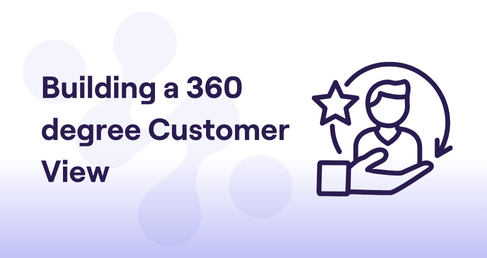
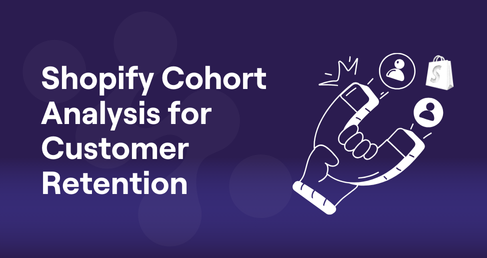
.png)

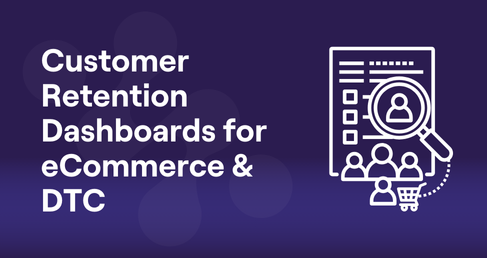
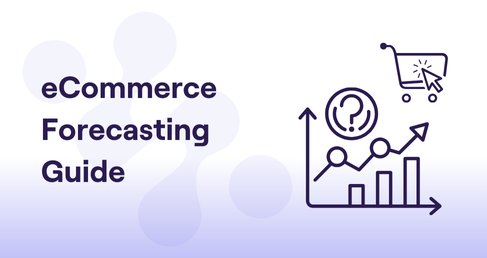
.png)


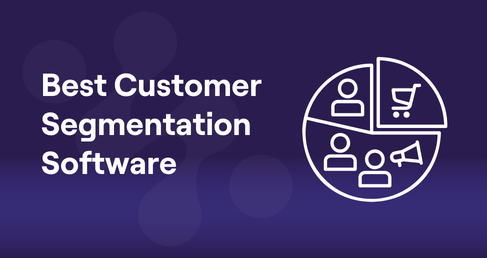
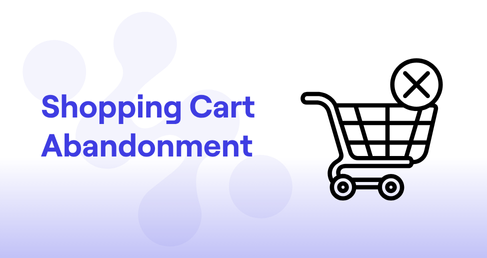

.png)
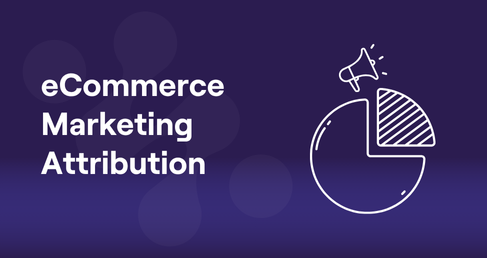
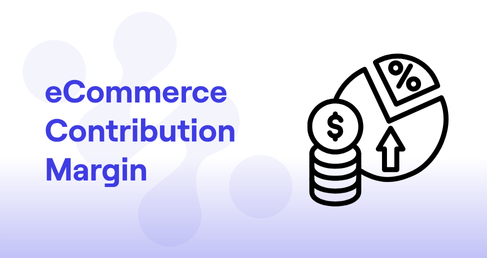



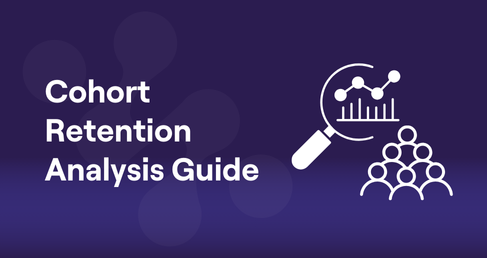
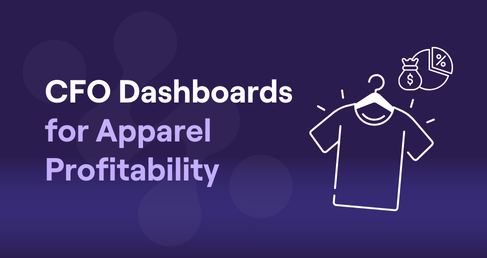


.webp)

.avif)

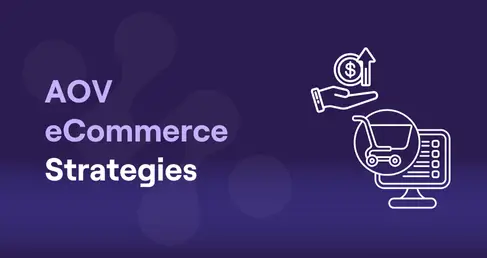
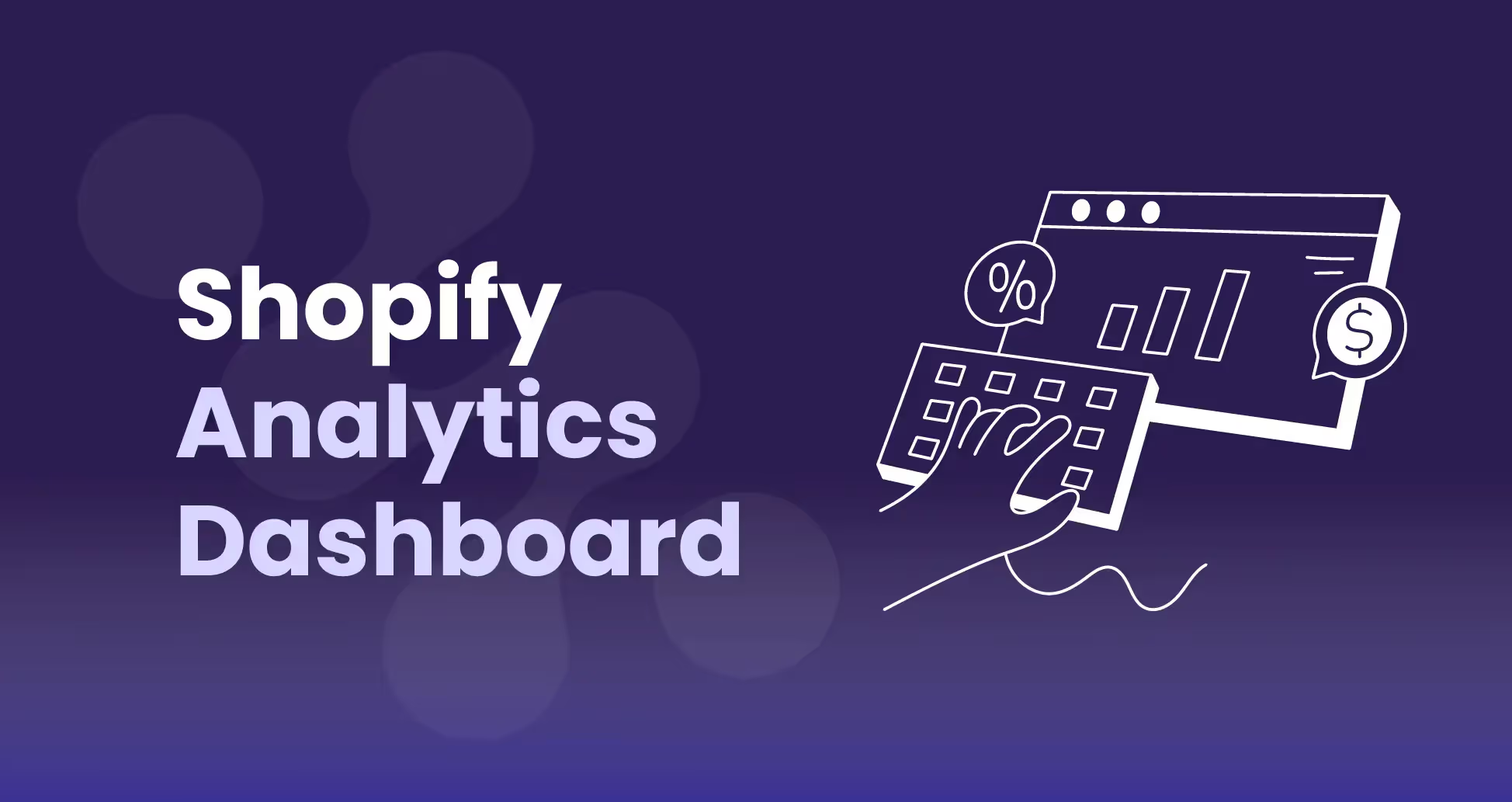
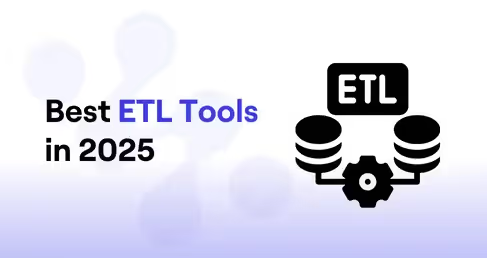


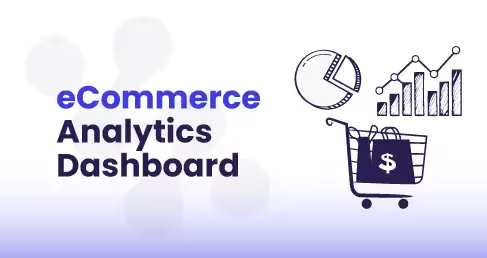
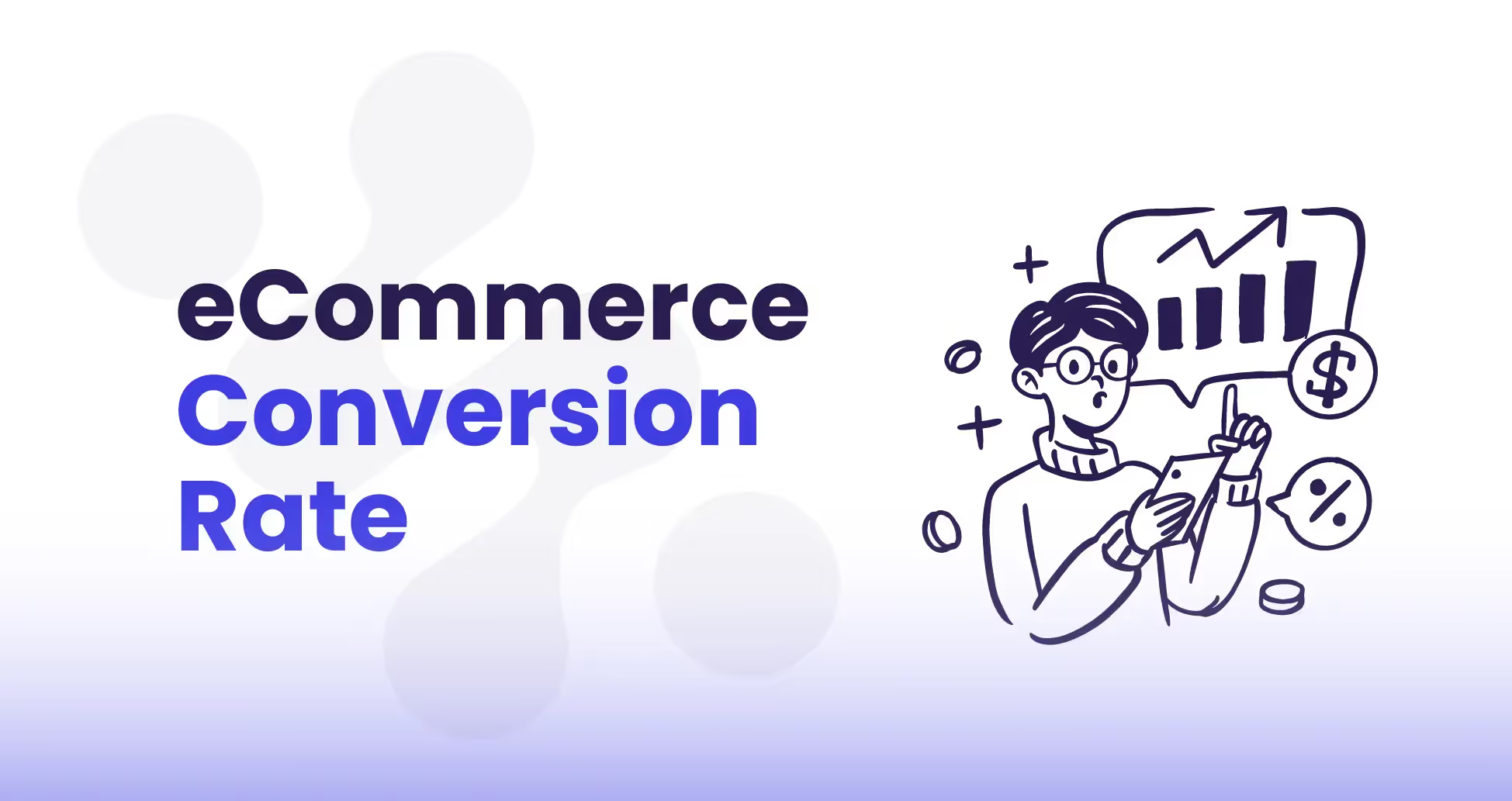
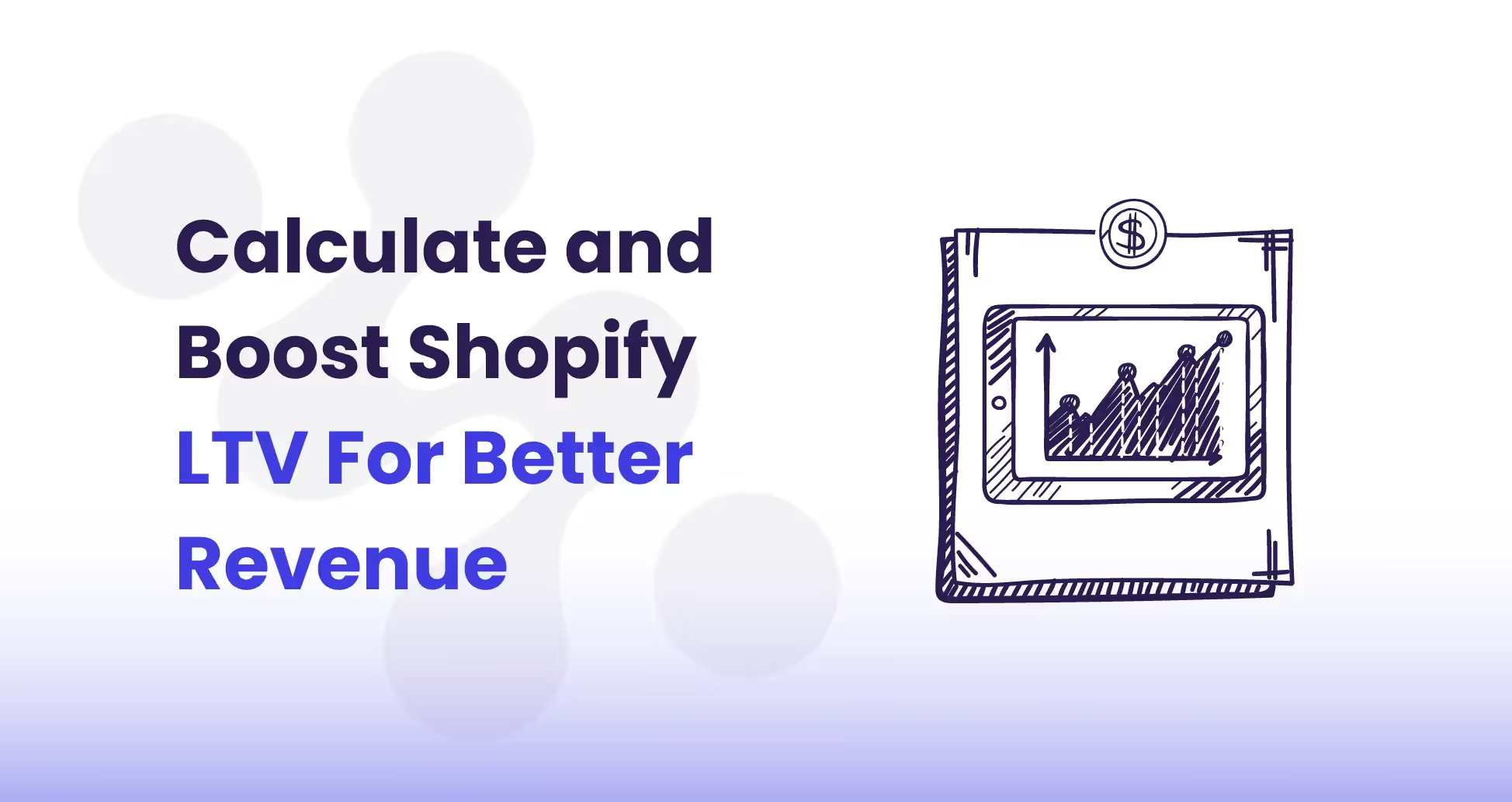
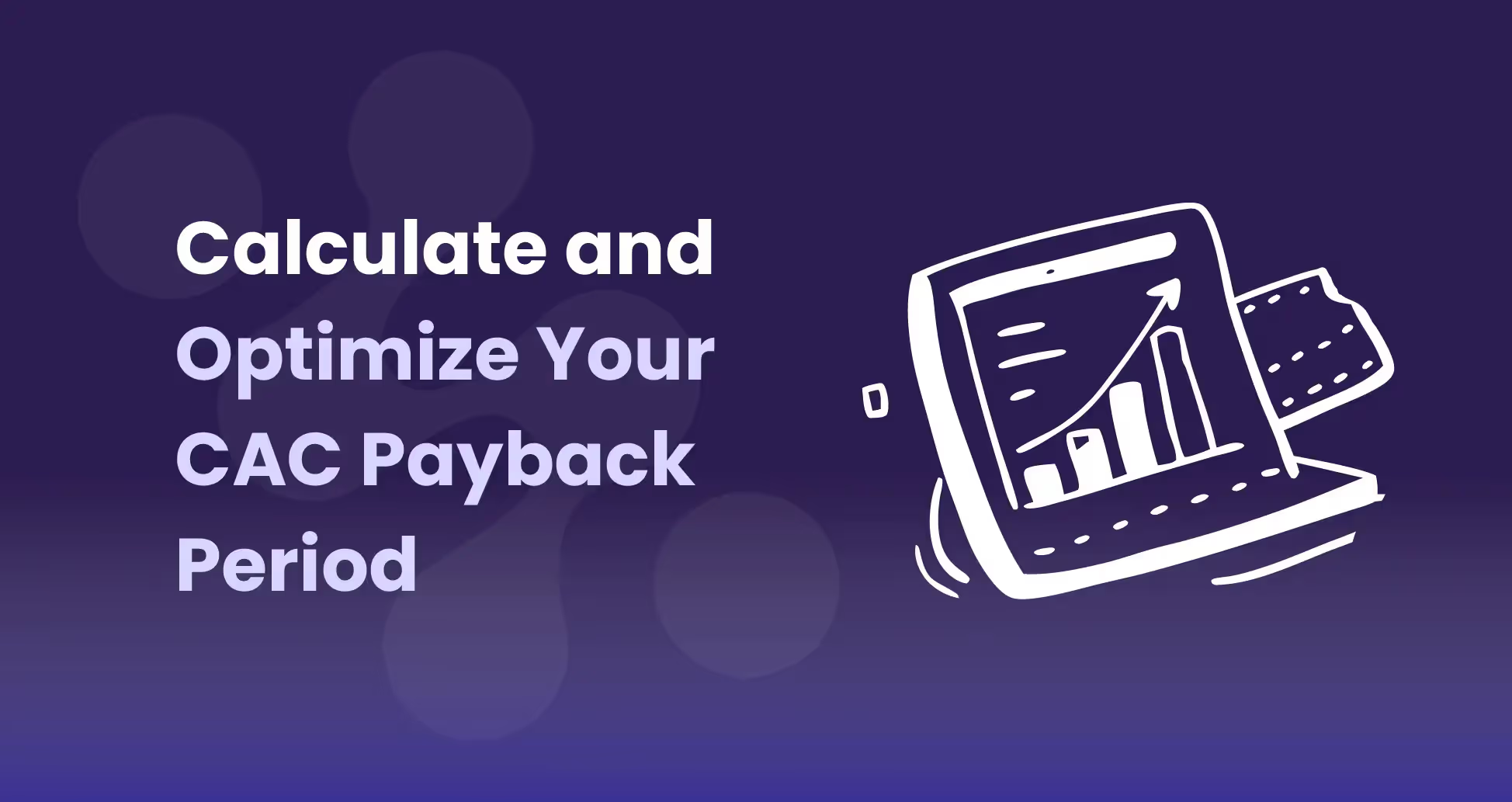
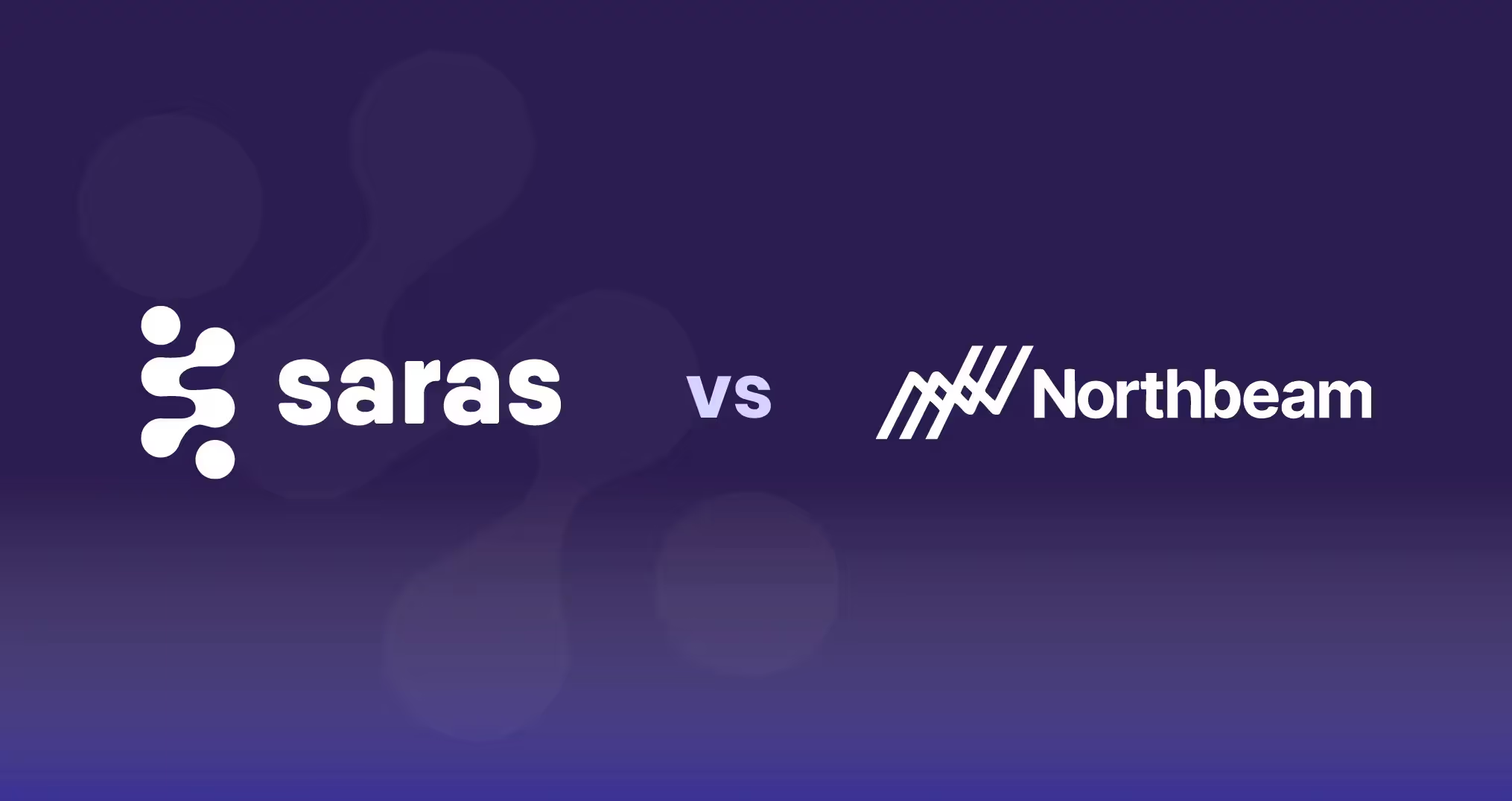
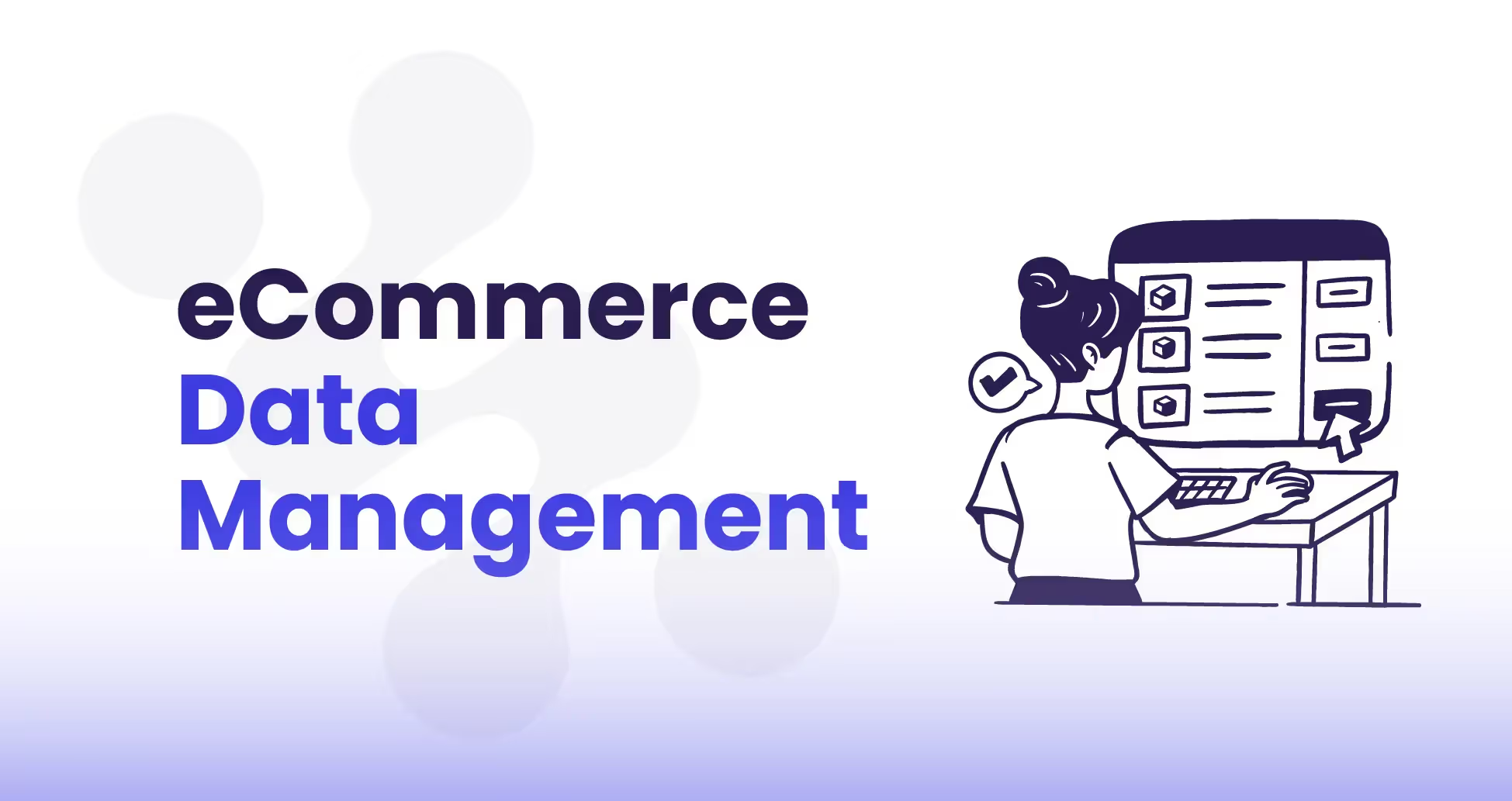
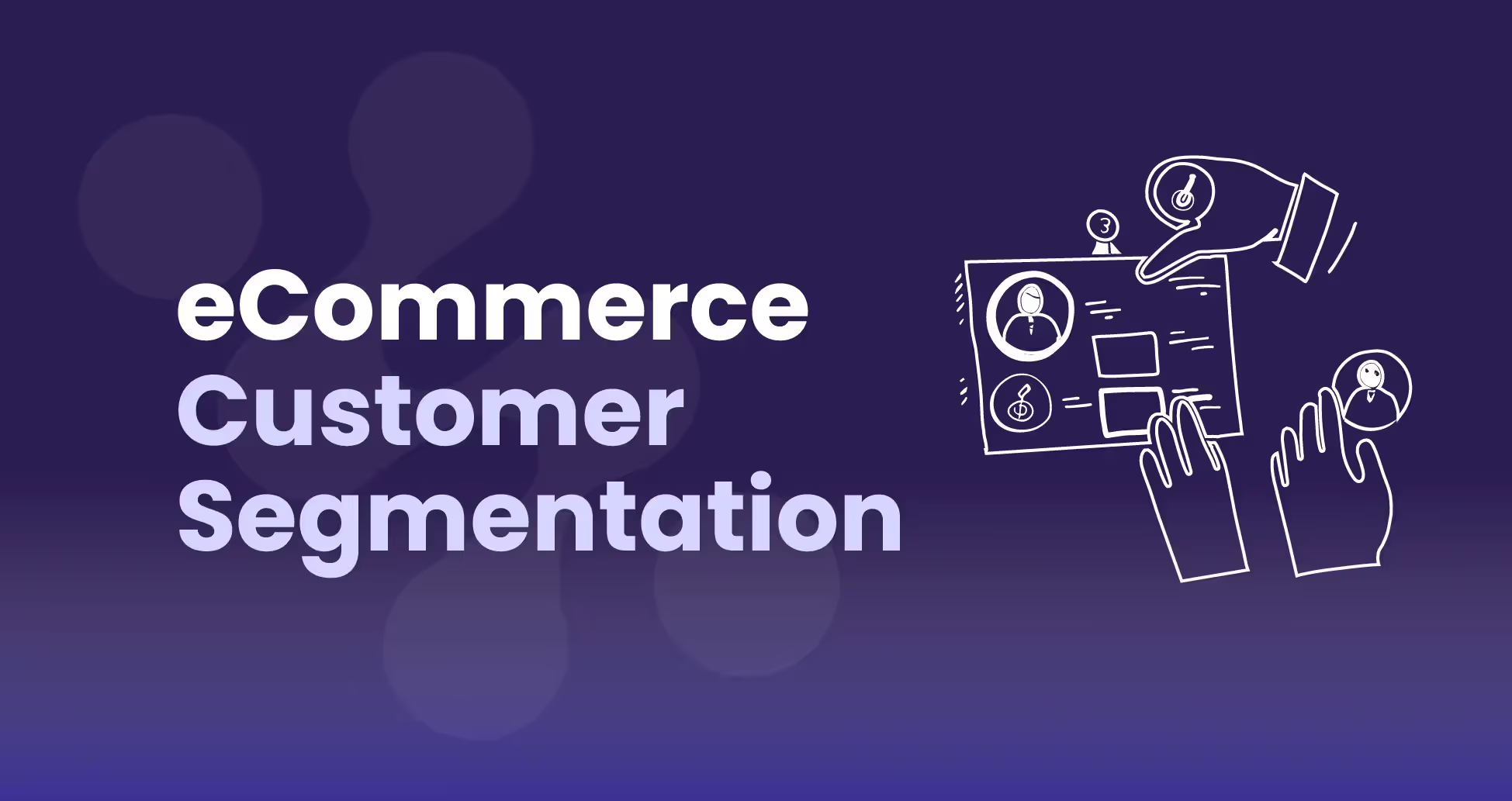

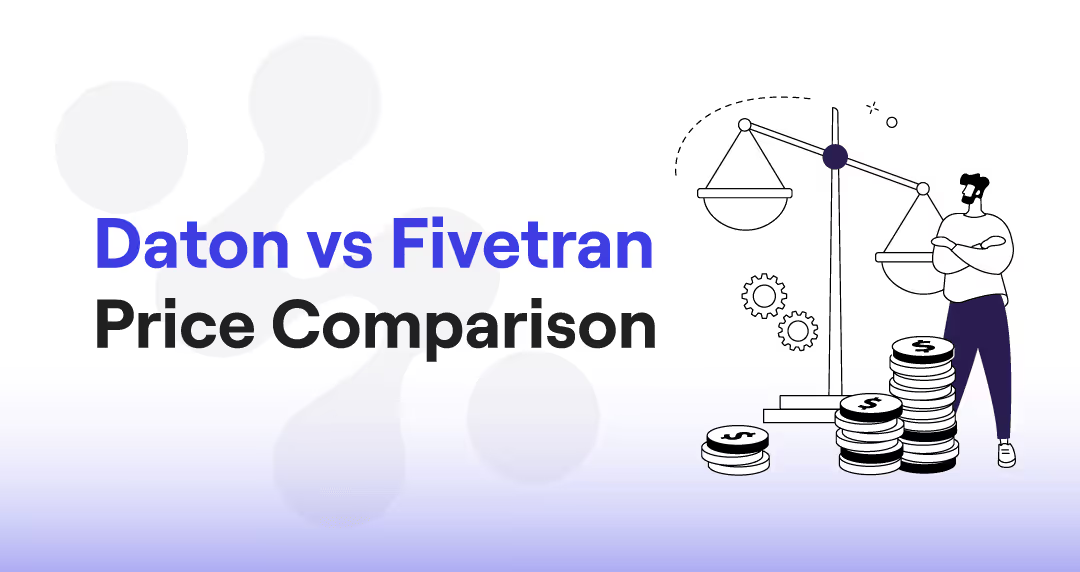

.avif)

.avif)
.avif)
.avif)
.avif)
%20(1).avif)
.avif)
%20(1).avif)
%20(1).avif)





.avif)





.avif)

